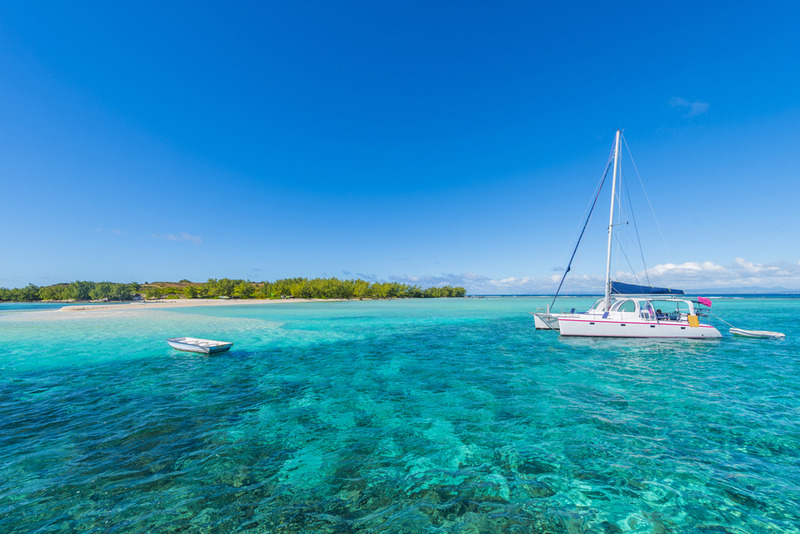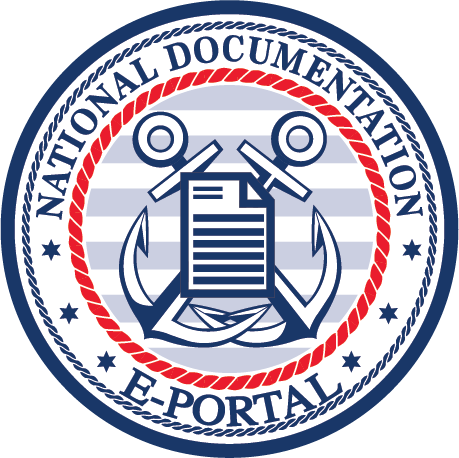Foreign-flagged boats and other types of recreational vessels that come from different countries need to apply for a cruising permit. This Boat Documentation must have mutual arrangements with the US. Upon issuance of this permit, the captain of the vessel gets exempted from having to:
- File manifestos, acquire permits or accomplish any related entry or clearance procedures every time the boat reaches any US port.
- Pay entry taxes, clearance taxes or tonnage tax at each port that the vessel arrives in after the port which issued the cruising permit.
The steps to take to acquire the permit
As any boat-related website such as Vessel Documentation Online will tell you, acquiring a cruising permit isn’t a difficult task. As long as you know what to prepare, what to do, and the guidelines to follow, acquiring such a permit doesn’t have to be too complicated. Here are the steps to take to receive your cruising permit when you enter US waters:
- Come up with an official vessel entry document by filling up Form 1300 in 48 hours. Then pay all of the applicable fees.
- Once the cruising permit gets issued, it has a maximum validity period of a year. Upon expiration of the permit, you can apply for a new permit if:
- A minimum of 15 days have gone by since the document expired
- You’re planning to enter the US from any foreign country

But keep this in mind:
It’s important to note that this cruising permit will not excuse you from providing the required documentation to file the Notice of Arrival with the National Vessel Movement Center of the United States Coast Guard or USCG.
You will also have to give an account of your exit to Border and Customs Protection each time you leave any port within the US and go to a different port. You also have to do this each time you leave the US.
As we mentioned, the cruising permit has a maximum validity period of a year. A lot of boat owners prefer to submit their permit to Border and Customs Protection as soon as they depart from the US and head for a port in a different country. They can always apply for another permit when they have to re-enter the country anyway.
Keep in mind though that when you travel in foreign waters with a valid cruising permit, this doesn’t aid in satisfying the 15-day condition mentioned above.
Each time you use a recreational vessel which has gotten flagged by a foreign country, you need to have a cruising permit if you want to travel in the waters of the US.
Obtain this permit so that you don’t have to deal with formal procedures each time you stop at US ports. Unfortunately, it’s challenging to follow the guidelines and regulations which surround cruising permits since they change so frequently.
The good news is that we can help you out! If you need help with your Boat Documentation or you want to learn more about the processes involved in acquiring them, contact us. Visit Vessel Documentation Online or call 1-866-981-8783 and we can help you out. If you have any questions or you need some clarifications, contact us today!

